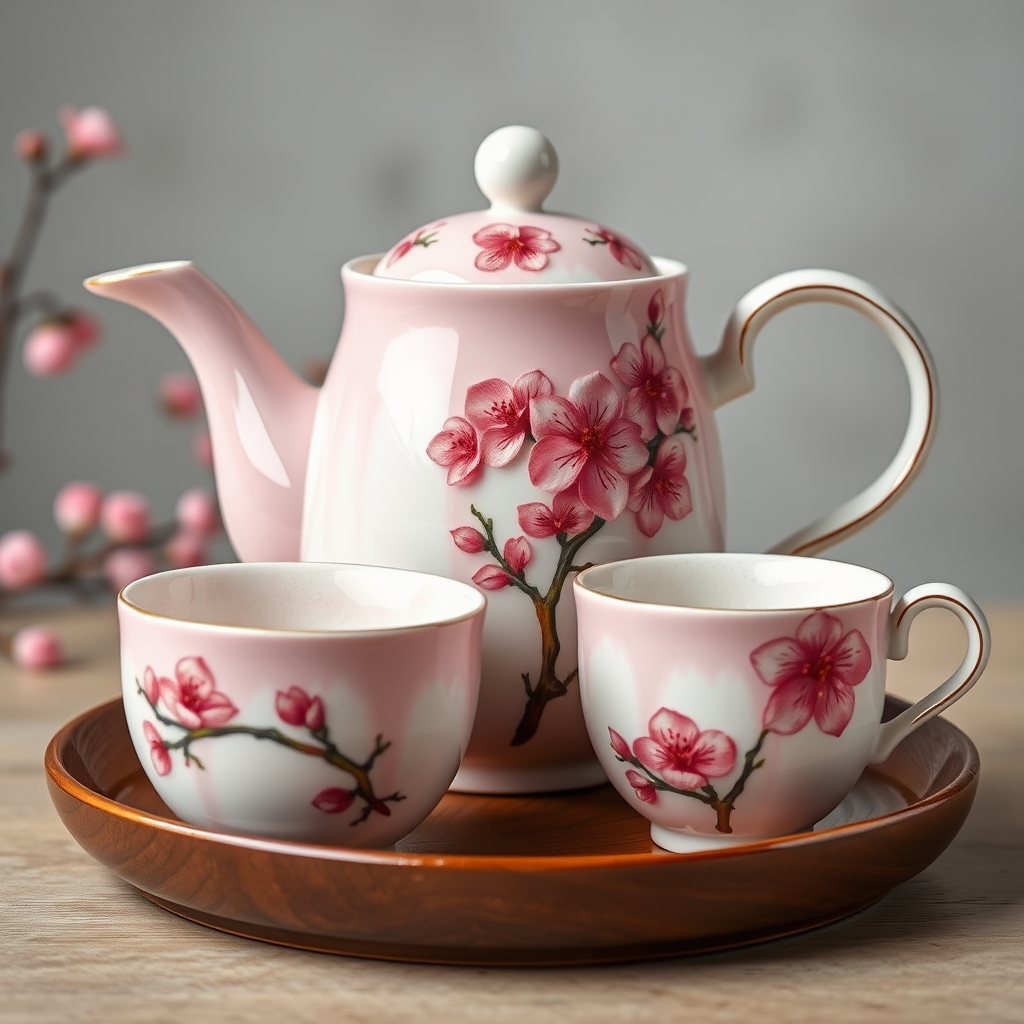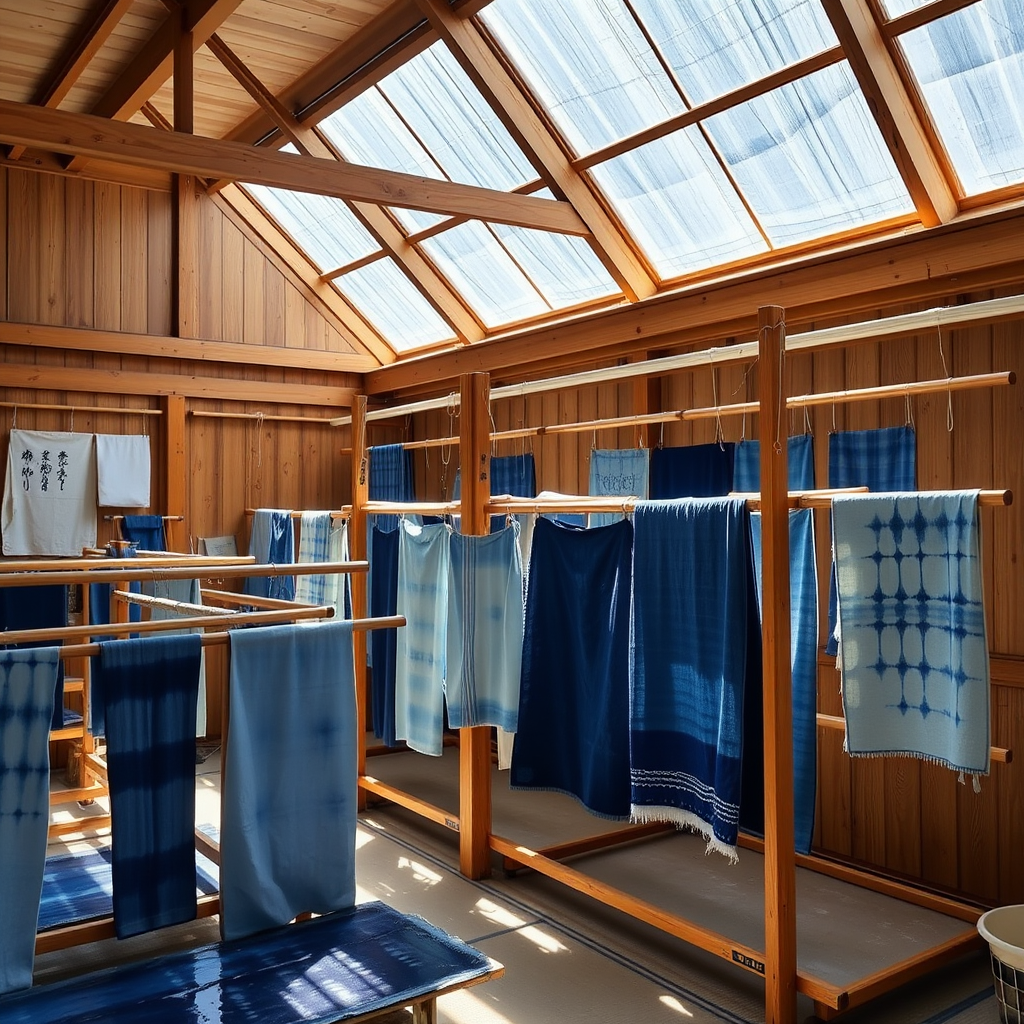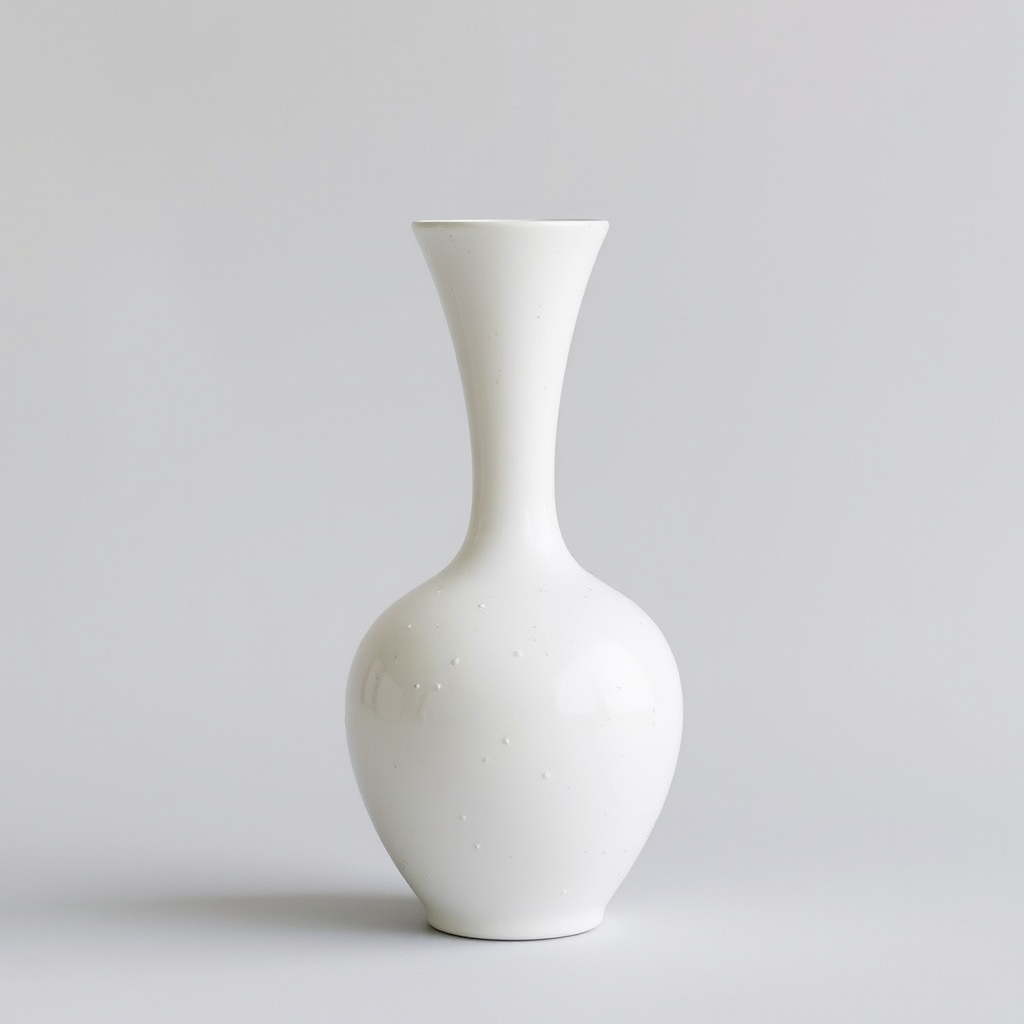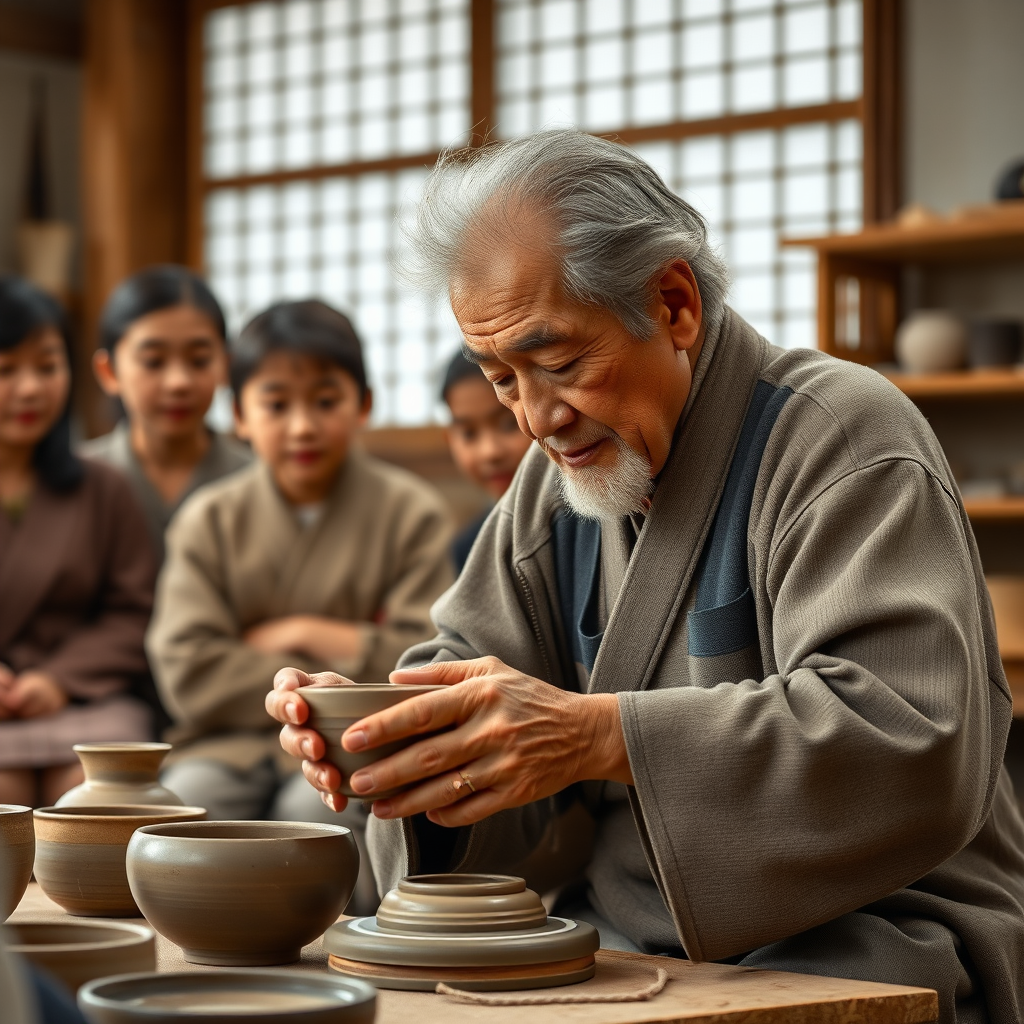Seasonal Crafts in Japan: Celebrating Nature Through Traditional Arts

Japan's traditional crafts are deeply intertwined with the natural world, reflecting the country's profound appreciation for seasonal changes. From the delicate pink hues of spring cherry blossoms to the rich golden tones of autumn leaves, Japanese artisans have long incorporated nature's rhythm into their creative processes, creating works that celebrate each season's unique beauty.
Spring: Cherry Blossom Inspirations
As winter gives way to spring, Japanese crafts workshops come alive with sakura-inspired creations. Ceramic artists begin incorporating soft pink glazes and delicate petal motifs into their pottery, while textile workers prepare for the season's most celebrated designs.

Spring workshops focus on capturing the ephemeral beauty of cherry blossoms. Pottery classes teach students to create delicate tea sets adorned with sakura motifs, using traditional techniques passed down through generations. The pink and white color palette dominates this season's creations, reflecting the fleeting beauty of Japan's most beloved flower.
Summer: Vibrant Blues and Cooling Motifs
Summer brings a shift toward cooling blues and refreshing designs. Indigo dyeing workshops reach their peak during these warmer months, as artisans create textiles that evoke the feeling of cool water and summer breezes.
Traditional Japanese crafts during summer often feature water-inspired patterns, from flowing waves to gentle ripples. Ceramic artists incorporate deep blue glazes reminiscent of summer skies, while textile workers focus on lightweight fabrics perfect for the season's heat.

Autumn: Golden Leaves and Harvest Celebrations
Autumn transforms Japanese crafts workshops into celebrations of harvest and changing leaves. The rich reds, oranges, and golds of maple leaves inspire textile work, while ceramic artists incorporate earth tones that reflect the season's abundance.
Popular Autumn Craft Techniques:
- Maple leaf motif embroidery on traditional garments
- Rust and amber glazing techniques for pottery
- Paper cutting designs inspired by falling leaves
- Calligraphy using autumn-themed poems and verses
Kimono workshops during autumn focus on creating garments that capture the season's dramatic color changes. Students learn to incorporate traditional autumn motifs like chrysanthemums and maple leaves, using techniques that have been refined over centuries.
Winter: Minimalism and Contemplation
Winter brings a return to minimalism in Japanese crafts. The stark beauty of snow-covered landscapes inspires clean lines and subtle textures. Ceramic workshops focus on creating pieces with simple, elegant forms that embody the season's quiet contemplation.
Winter craft sessions often emphasize the beauty of negative space and understated elegance. Pottery classes teach students to appreciate the subtle variations in white and gray glazes, while calligraphy workshops focus on the meditative aspects of brush work.
The season's workshops are perfect for those seeking a more introspective creative experience, with many sessions incorporating elements of mindfulness and meditation into the crafting process.

Seasonal Materials and Local Sourcing
Japanese artisans have always been deeply connected to their local environment, sourcing materials that are naturally available during different seasons. This practice not only ensures sustainability but also creates an authentic connection between the craft and its natural surroundings.
Spring Materials
Fresh bamboo shoots, early clay deposits, cherry bark for dyeing, and young plant fibers for textile work.
Summer Materials
Indigo plants at peak potency, summer grasses for weaving, and mineral-rich clays perfect for high-temperature firing.
Autumn Materials
Mature bamboo, persimmon tannins for natural dyeing, and hardwood ash for ceramic glazes.
Winter Materials
Aged wood, winter-harvested fibers, and special clays that have weathered through the cold season.
Cultural Celebrations and Craft Traditions
Each season brings its own festivals and celebrations, many of which are deeply connected to traditional Japanese crafts. These cultural events provide context and meaning to the seasonal craft practices, creating a rich tapestry of artistic expression throughout the year.

Spring festivals often feature cherry blossom-themed crafts, while summer celebrations showcase indigo-dyed textiles and cooling ceramic pieces. Autumn brings harvest festivals where pottery and textile work celebrate the season's abundance, and winter ceremonies emphasize the contemplative aspects of traditional arts.
Planning Your Seasonal Craft Experience
Understanding the seasonal nature of Japanese crafts can help you choose the perfect time to participate in workshops and experience these traditional arts. Each season offers unique opportunities to connect with Japan's cultural heritage through hands-on creative experiences.
Best Times for Different Crafts:
Pottery & Ceramics: Year-round, with seasonal motif variations
Textile & Kimono Workshop: Spring and autumn for best material selection
Indigo Dyeing: Summer months for optimal plant potency
Calligraphy: Winter for contemplative practice
Paper Crafts: Autumn for leaf-inspired designs
Bamboo Work: Spring for fresh materials
Local artisans often adjust their workshop schedules to align with seasonal material availability and cultural celebrations. This creates an authentic experience where participants can truly understand the deep connection between Japanese crafts and the natural world.
The Artisan's Perspective
Master craftspeople in Japan speak of their work as a dialogue with nature. They observe the subtle changes in light, temperature, and humidity that affect their materials and adjust their techniques accordingly. This seasonal awareness is passed down through generations, creating a living tradition that remains vibrant and relevant today.
Many artisans describe their craft as a form of meditation, where the rhythm of the seasons provides structure and meaning to their creative process. This philosophy transforms simple workshops into profound cultural experiences, offering participants insight into a way of life that values harmony with nature above all else.

Embracing the Seasonal Craft Journey
Participating in seasonal Japanese crafts offers more than just learning traditional techniques—it provides a window into a worldview that sees art and nature as inseparable partners. Whether you're creating cherry blossom ceramics in spring or working with autumn's golden textiles, each season brings its own lessons and rewards.
The beauty of seasonal crafts lies not just in the finished products, but in the process of creation itself. As you work with materials that change with the seasons and learn techniques that have been refined over centuries, you become part of an ongoing conversation between human creativity and natural beauty.
This seasonal approach to Japanese crafts reminds us that art is not separate from life, but woven into the very fabric of daily existence. Through these traditional practices, we learn to see beauty in change, find meaning in impermanence, and create works that celebrate the eternal dance between human hands and the natural world.